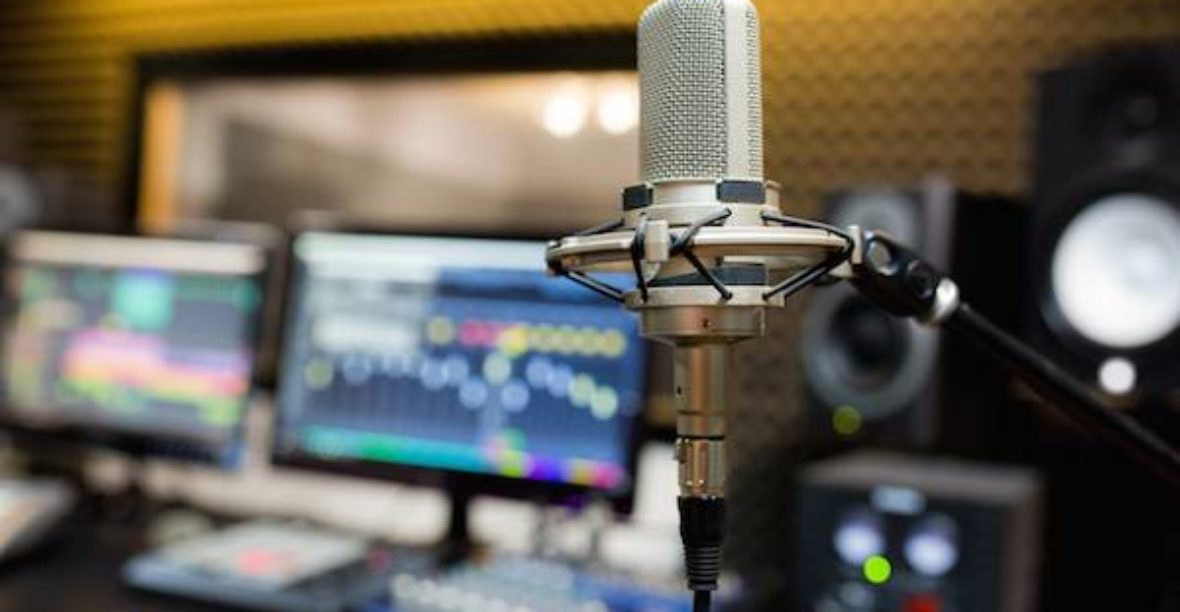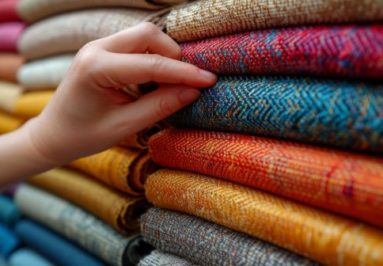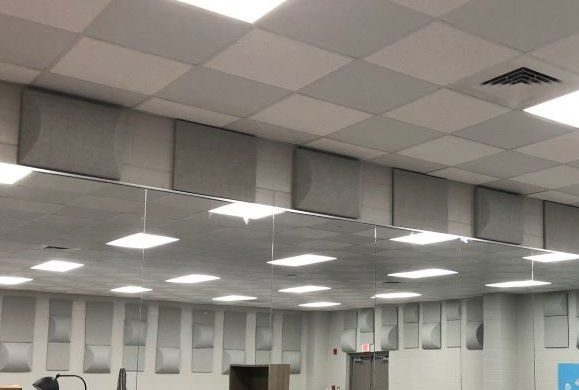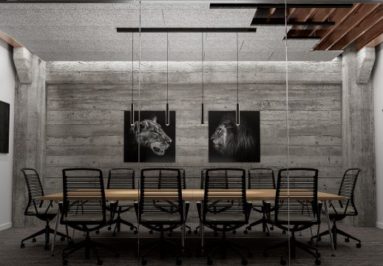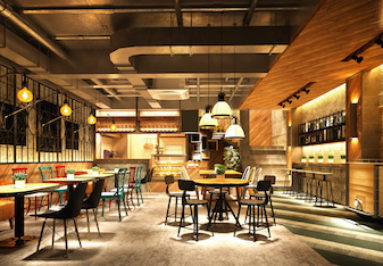So you and your friends are starting a podcast? Once you have all of your recording equipment in place, it’s time to consider the sound quality of your podcast. You can have all of the most expensive, high-quality equipment, but what happens when excess echo or unwanted sound can be heard in the background of the recording? Keep reading and learn how to acoustically treat a podcast studio and avoid poor sound quality.
Improving Podcast Sound Quality
The two methods we recommend for soundproofing a podcast studio:
- Sound Absorption
- Sound Blocking
As I get older, I find myself actually listening to podcasts. I used to think they were for old people, but it’s all about finding the right one. However, it’s easy to tell the difference between a low quality podcast and a high quality podcast based on the sound quality. When I first started listening to my new favorite podcast, it took the hosts a while to find their sweet spot in terms equipment they used and the studio setup. The product that ended up getting them the best possible sound quality: acoustic panels.
Podcast Room Sound Absorption
Acoustic panels work to absorb the echo and reverberation that could be impacting the quality of sound in your podcast. I’m sure you’ve heard it a podcast that you’ve listened to before. It might make you think that there’s something wrong with your speakers or headphones, but it’s the host’s studio.
Once you have the panels, they’ll be most effective once they’ve been properly installed. If you ever watch your podcasts while you listen to them you may have noticed how some hosts have panels arranged on the walls. Most of the time acoustic panels are evenly spaced out and placed near the middle of the wall (not too high and not too low).
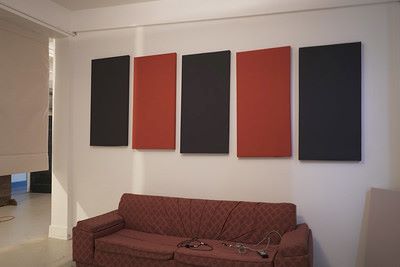
Placing panels up high in one corner of the room is much less effective than the methods mentioned above. Also, if you’re looking to save money and don’t want to treat every wall in the studio, just treat two perpendicular walls. Leaving parallel walls untreated is one of the worst things you could do when hanging the panels.
If you’re on a tight budget for this project, you may want to go with acoustic foam panels. They work similarly to fiberglass acoustic panels, but aren’t customizable with any fabric wrap. The podcast studio would also require more foam panels to achieve the same level of sound absorption as the fiber glass alternative.
Podcast Room Sound Blocking
Depending on how serious your podcast studio setup is, you may need to use sound blocking products as well. These types of products will actually stop outside noise transfer into your recording area. If you feel that the doors and windows in the studio work well enough for you, then you don’t need to worry about this section.
We get quite a few inquiries from people turning one of the rooms in their house into a recording studio. A lot of them actually ask about sound blocking products they could use because there’s usually an existing window in the room along with a normal hollow-core door.
Soundproof curtains from Residential Acoustics are always a great sound blocking product to use in any sort of home studio. Whether you’re worried about sound coming in through the cracks around a door, window or both, they have a curtain that can fit. The sound blocking core of the curtains combined with a velcro perimeter seal are what help them to block so much outside noise.
Treated Recording Studio – Setting Up a Podcast Room
Ideally, you would implement both sound absorption and sound blocking methods in your setup for the best podcast sound quality. Now that’s how you can improve the acoustics in the space, but you’ll also need to pair this with the proper recording equipment for even better sound quality.
Setting up a podcast room or recording studio doesn’t have to be too hard of a task, and it can greatly improve the quality of your recordings. When comparing the before and after recordings of your studio untreated and then treated, there should be a noticeable difference. Your recorded voices with acoustic panels installed will sound more clear. The same should go for the before and after of putting up sound blocking curtains – you shouldn’t hear too much background noise.
Podcast Studio Acoustics
You might notice that if you’ve been listening to a podcast from the beginning, the sound quality has improved from the first episode up until the newest one. Over time, podcasters tend to invest in acoustic treatment and high-end equipment to achieve such high sound quality. Hopefully our tips help you to set it up right the first time, so even your first episode sounds as good as any other established podcast.
With the acoustic panels properly installed along with soundproof curtains hung in place, you’re ready to start recording. Using these two simple steps you can have an acoustically treated studio that will make for an even better podcast.

